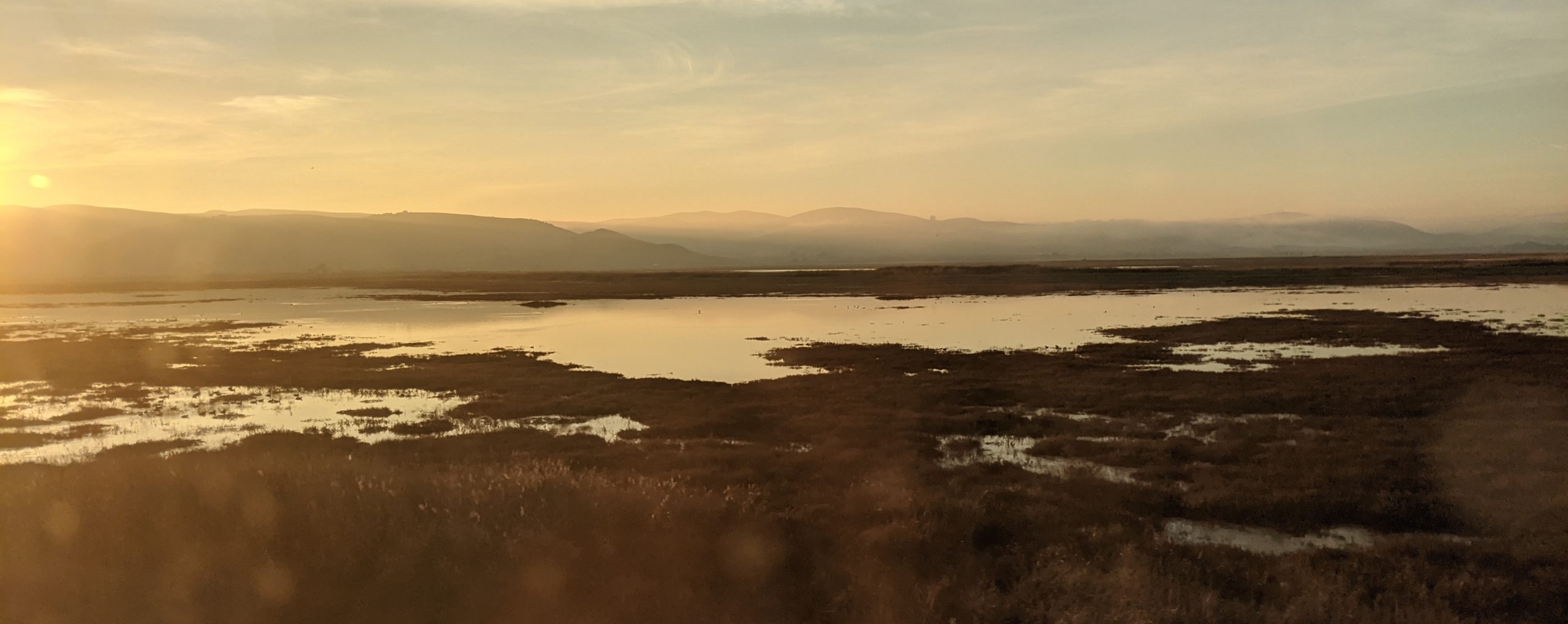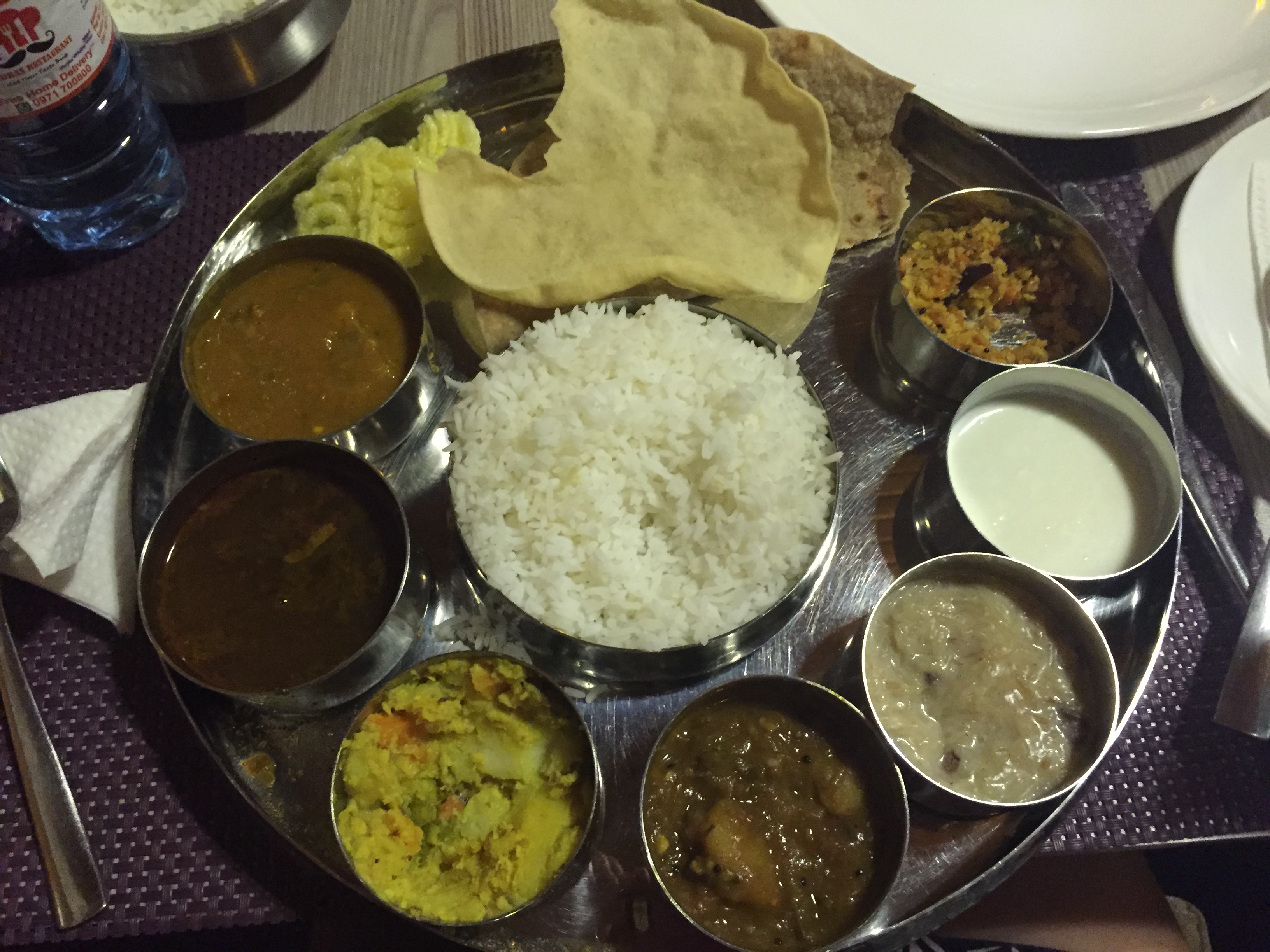I hope these help give a better sense to the broad scope of my life here. Will devote more time to some in later posts.
1. No streetlights. When I learned to drive in the US, I spent my first year and a half driving around without headlights on because I figured I had clicked some switch, and I could see on the roads. That wouldn’t work here—only one road by my house has street lights. Driving at night is sometimes terrifying because everyone has their high beams on to see, which, of course, is blinding if you’re driving in the other direction. At night, the stars are beautiful.
2. You can buy pretty much anything you want to eat. There are supermarkets everywhere, with the same amount of variety of things in the USA, often cheaper. There are street markets with fresh produce if you want better stuff than exists at the supermarket. There are a decent number of good Indian and European and Chinese and of course Zambian restaurants—the article photo is from Madras, a South Indian restaurant. The best restaurant in my opinion is an Ethiopian place, followed by Nando’s (a fast food place that actually does vegetarian food well!) But for some reason, there are no black or pinto beans here. Or things related to Mexican food in general.
3. Inequality is everywhere and obvious. So I wasn’t clueless before moving to Lusaka. I knew that, as a development worker on a (after-tax) salary that would struggle to pay rent in major US cities, I would be wealthy (not the richest, but very rich) in Lusaka. And I knew that that tension was going to exist, and that the way I could deal with it was remembering that this inequality existed globally whether I was living in nice, comfortable Cambridge-world or Lusaka. What I wasn’t prepared for were scenes like this: I’ve spent a lot of time at this convenience store between two neighborhoods, where across one street there’s a fabulously nice house on a paved road with a gated fence, 24 hour security, green, hanging fruit trees—you know there’s a pool and a gardener. And across the other street from this grocery store, there’s this neighborhood where 20 women line up with jerrycans to get tap water in the dry season and most houses don’t have flush toilets, and when rain does come, it floods, turns the whole neighborhood into mud.
4. The expat community. I suppose I should say communities, because there do seem to be multiple, overlapping ones, and that’s not even to mention the Chinese expats, who mostly do their own thing. What surprised me was how small and insular the expat community is. I’ve lived overseas a number of times, and lived in the US alongside expats from other countries, and there has always been overlap between different local and expat communities. Here, most things are separate: there’s expats sports, expat barbecues, expat restaurants where mostly expats hang out. Zambians would be welcome, of course, but social circles generally don’t overlap. I don’t know if this is a problem, persay, but it is a bit uncomfortable for me at least. Note that there are certain communities, like some churches and this running group I keep meaning to go back to, that do have a mix of expats and Zambians, but they’re exceptions.
5. There are seasons. When I arrived, everything was brown and dusty. Then some amazing purple and red trees began to flower. When I came back after Christmas, I couldn’t believe I was flying into the same place: everything was shades of green, and gorgeous.

